How are we to understand the situation in the Middle East? Things are moving so quickly and in so many different, if not contradictory, directions. The reality has always been complex, but interpreting it has become more and more difficult. The actors involved, the challenges and the interests in conflict are so numerous that one wonders that the result of the popular movements in the region and the political changes currently underway is impossible to foresee. On the one hand, intrinsic domestic dynamics have created a new balance of power, which is having a powerful impact on Egypt, Libya, Yemen and Syria, but also on Tunisia and Morocco. On the other hand foreign countries, such as the United States, Israel, the European countries, China, Russia and even Turkey and Qatar are involved in various ways and in different capacities, either attempting to further the new realities or to try to control them to the fullest of their capacity, according to their ideological, economic and political interests.
In Tunisia, Egypt, Yemen, Bahrain, Libya and Syria, millions of people have been calling for freedom and justice; the first results in Tunisia, Morocco (where some reforms have been granted in order to avoid uprisings) and Egypt are giving the Islamists the upper hand in the political arena. Some suggest that the popular movements have been hijacked, others claim it as the result of a true democratic process: in these Muslim majority countries, the Islamists remain the most popular force: a fact that must be accepted. Like it or not, the Islamists have a historical legitimacy as opponents who have paid a heavy price in opposing dictatorship: prison, torture, exile and executions have punctuated their history over more than half a century. But what is likely to happen in these countries; how will the great powers manage the new situation? It would be childish to think the United States, the European countries, China and Russia as well as Turkey are not involved, in one way or in another, in the discussions (and the political transactions) with the Islamists, the Army and their old allies. Israel will never be a passive spectator in the Middle East: its most powerful ally and staunch supporter, the United States, is working hard to gain some control over the situation. What is the nature of any potential agreement between both the Western and Eastern powers and the respective armies and the Islamists? It was known that these old demonized Islamist parties would win in Tunisia, Morocco and Egypt and nothing has been done to prevent them from emerging as the leading political forces. Why?
The Islamists have changed. They have always been very pragmatic (from Morocco to Egypt and Asia all the way through Palestine) and able to adapt to new political challenges. They know the balance of power is shifting in the Middle East and they deal with it accordingly. Yet they are facing contradictory expectations: they must remain faithful to the “Islamic credentials” that brought them to power and face foreign pressure that is testing their flexibility on respect for the democratic processes, their economic outlook and their attitude towards Israel. While the Turkish example is interesting, it cannot be a reference in the Middle East. It is not the same history, the actors are not the same, nor are the challenges. The Islamists in the Arab world, while happy to win successive elections, may well be entering a far more sensitive period of their history. They may lose the Islamic credibility they had as opposition forces or be obliged to change and adapt so much to the political context that the substance of their political program is abandoned, or reduced to the form of a less corrupt regime with formal Islamic features. Winning might be the beginning of loss.
What is happening in the Middle East is critical and complex, and it is clearly a turning point. From behind the scenes, Libya’s future is being decided by potential new leaders and by the Western powers that supported military intervention. Transparency is far from being a reality: the so-called “humanitarian intervention” was motivated by geostrategic objectives that are now fully visible. What we knew, we are now witnessing. Nobody knows what the future of Syria will be: the population refuses to give up; thousands of civilians have been killed by the dictatorial regime. Israel, The United States, European countries and Iran have tried to avoid dealing with a regime change.
There seems to be no alternative however. This is where the complexity of the Middle East is confusing with so many conflicting parameters. If the Syrian regime falls, its regional ally Iran would paradoxically become either a danger or an easier target as the balance of power and alliances shifts. The recent campaign against Iran must be read in this context. It started with the Saudis asking the American “to cut off the snake’s head,” followed by the alleged assassination attempt in the United States (we are ask to believe Iran wanted to kill the Saudi Ambassador in New York), and then using the attack on the UK embassy in order to create an international coalition against Iran. Iran, meanwhile, is operating on multiple levels and has a multidimensional strategy: to secure domestic support and to establish reliable ties in the region as well as internationally. The knot is tightening and the situation is increasingly worrisome for the current regime. Despite the lack of domestic freedom and transparency, Iran still has some allies and some powerful assets. Are we going to see internal democratic and popular forces mobilizing to change the regime or will it become a new war front? The picture is far from clear.
Whatever the future in a Middle East in the throes of political upheaval, the new political players will all be assessed by the “international community” on the basis of three criteria: what kind of economic system and rules do they accept; what is their position towards Israel; and, eventually, where do they stand in relation to the Shia-Sunni divide in the Muslim majority countries. Understanding the Middle East means keeping these three factors in mind. On some issues Islamists might be more flexible than anticipated (except for the Palestinian-Israeli conflict) while the geography of the Middle East is changing radically. Yet, inside or outside politics, Muslims should face the cruel reality: their main challenge is in their internal conflict and especially the Shia-Sunni divide (and unhealthy competition). This is one of the most critical questions of our time: one cannot blame one’s enemies for being too strong when one is directly responsible for one’s own weaknesses.

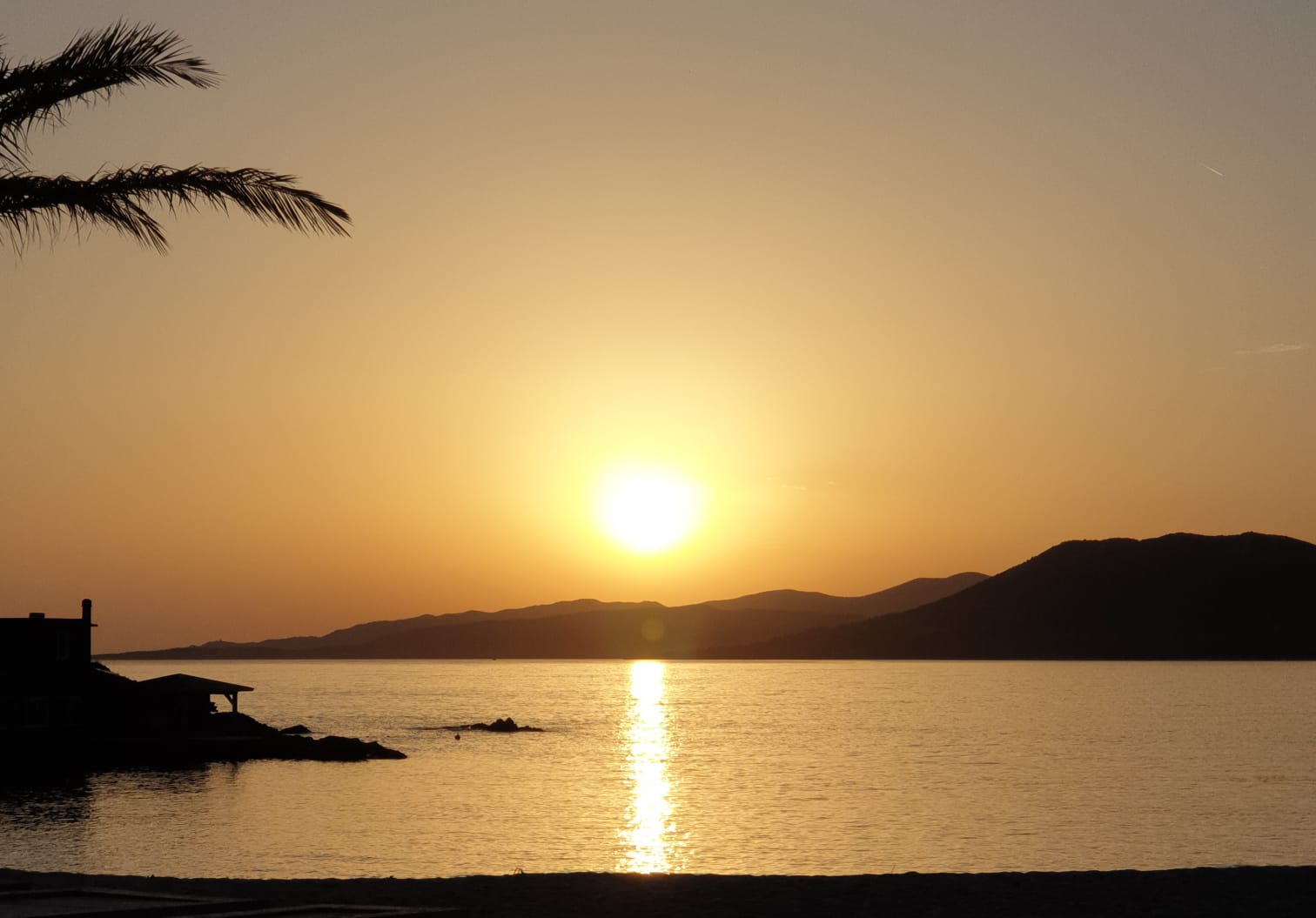

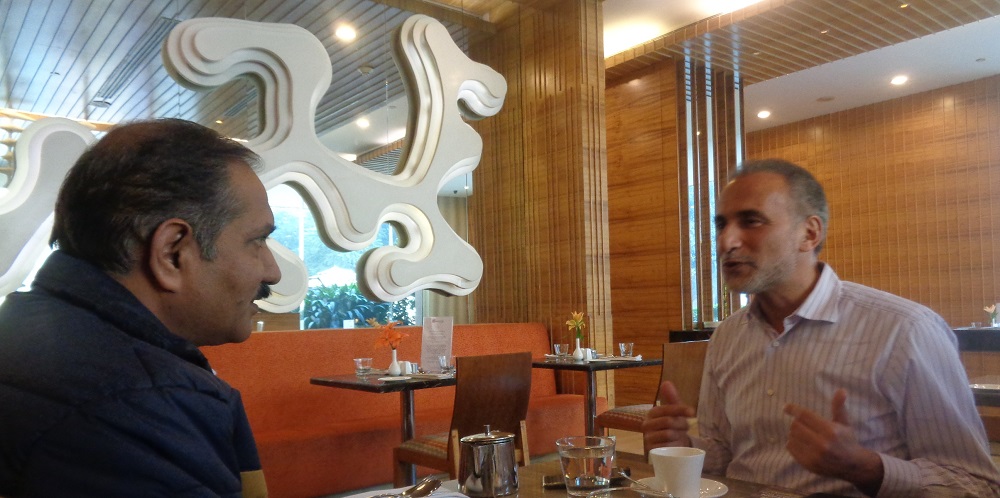
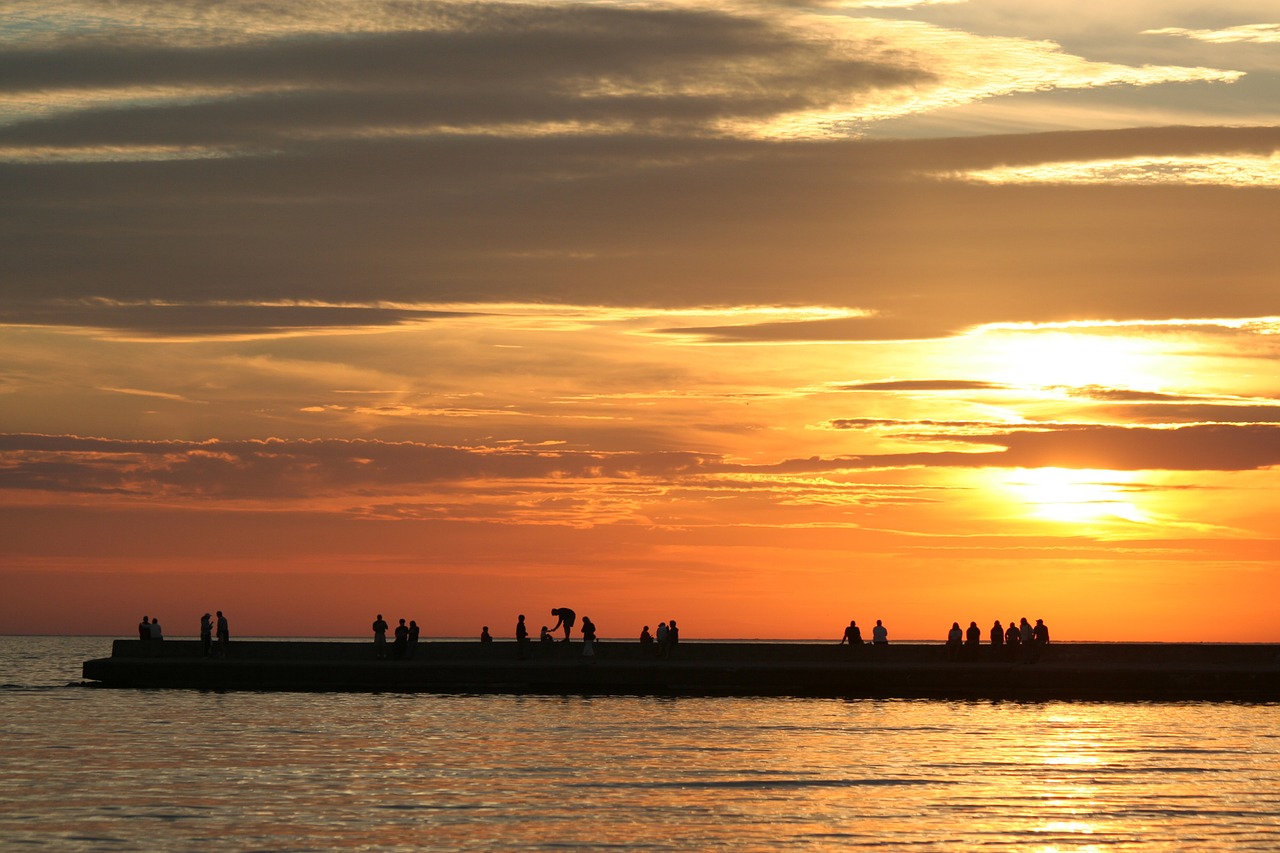
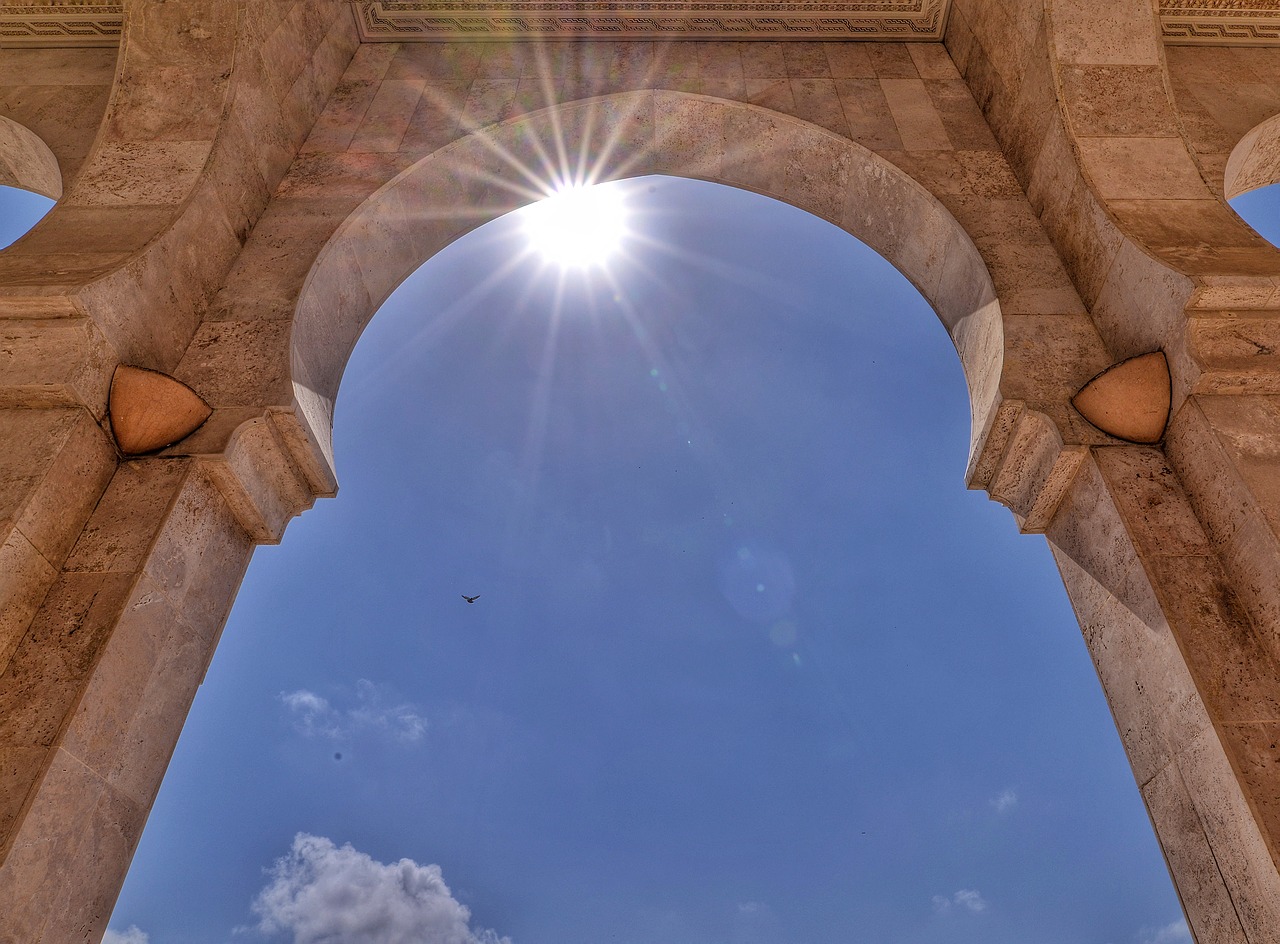
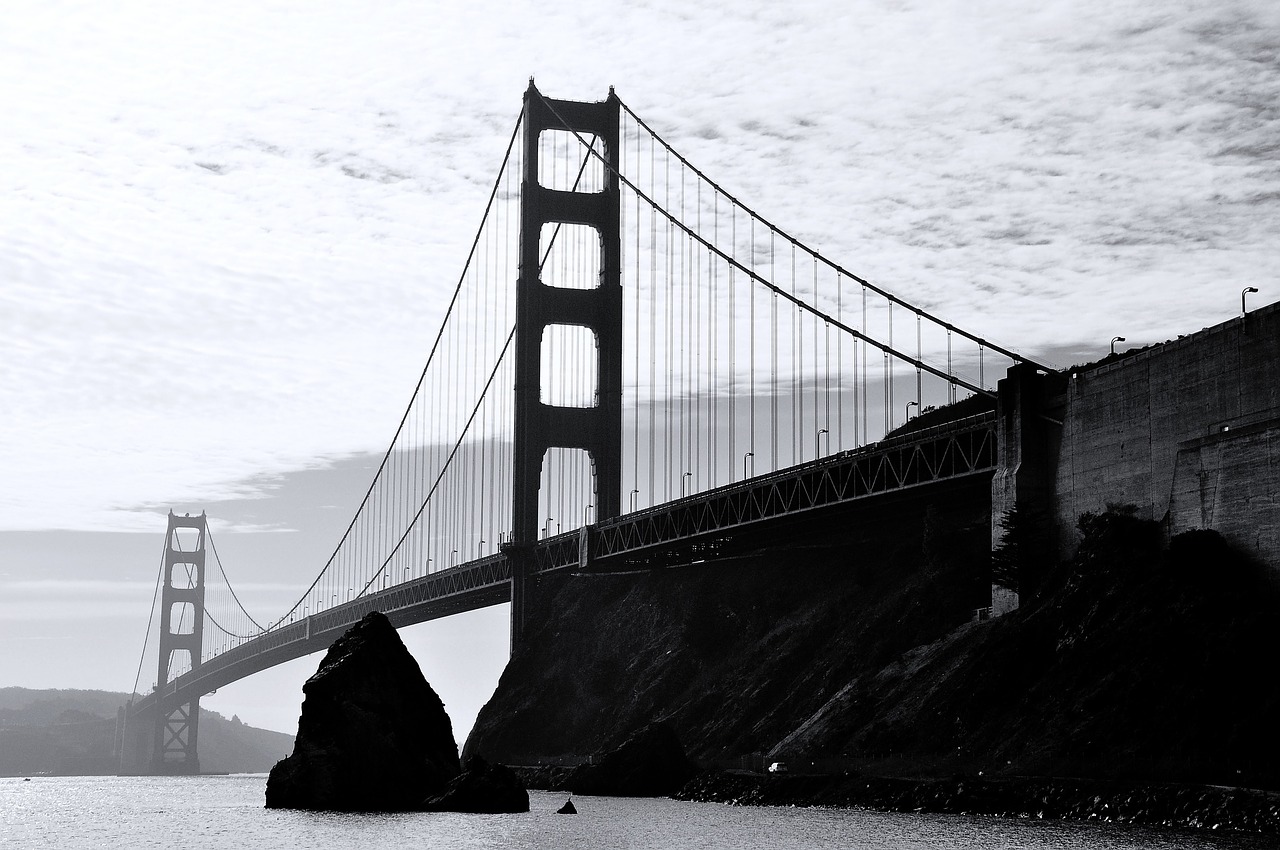


Assalaamu alaikum.
Shia/Sunni, Muslim/Christian- these are the internal divisions that allow all the external forces to have the power that they do. I hope inshaAllah there will soon be strong grassroots efforts focused on reducing these divisions and fostering a sense of respect (not just tolerance) for fellow citizens, regardless of which “other” group they belong to.
It’s more complicated..though I do agree that religion sects are a factor and are being used, but it’s just 1 factor of many and not a major one, remember apart from Egypt; all of North Africa is Sunni Islam.